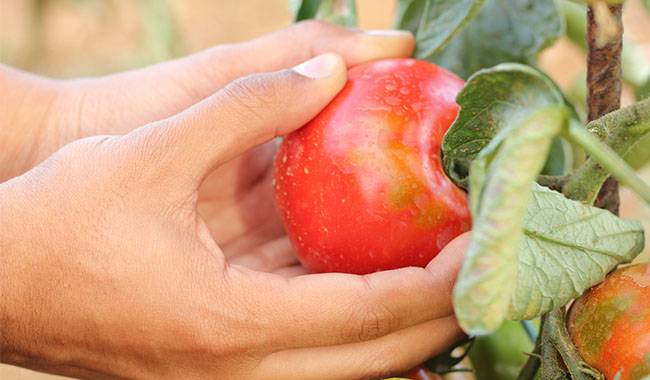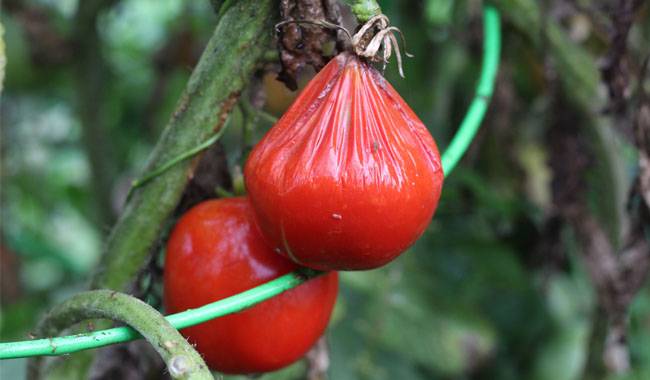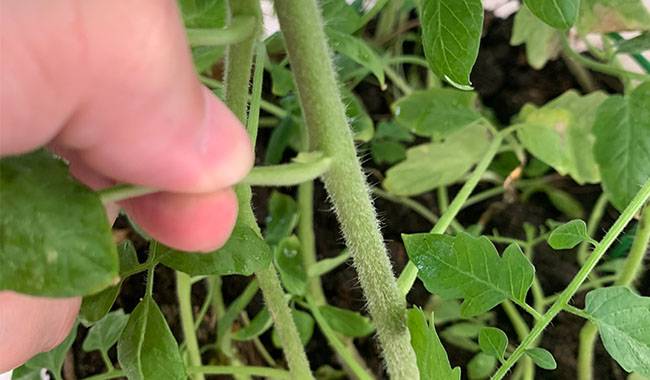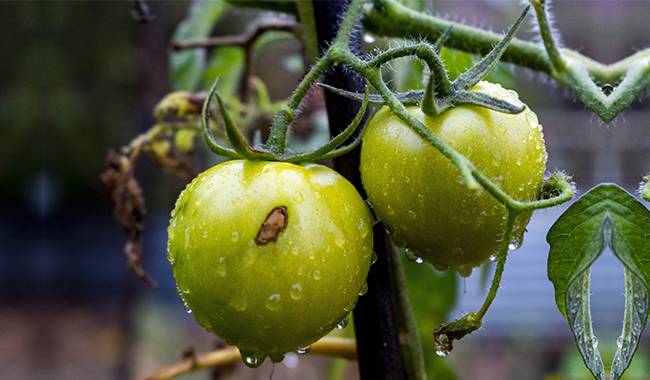
Tomatoes like all living things, some plants are compatible while others do not get along well when grown together. How to grow tomatoes? In the following article, experts offer advice.
Compatible plants usually bring some benefits to each other. For example, one plant may attract insects, which will promote the pollination of another plant.
The root systems of some plants can also work well together. In this article, we will look at combining tomatoes with other plants.
According to the gardener‘s observations, planting tomatoes next to some crops brings additional benefits – it increases the strength of the plant’s growth and the quality of the fruit. On the other hand, other companions harm tomatoes.
Recommend you to read “How to grow tomatoes in a greenhouse? Expert advice“
FLOWERS AND TOMATOES ARE COMPATIBLE
Many beautiful flowering plants are repellents and insect repellents, so planting them next to tomatoes can help reduce pest infestation of tomatoes.
Marigolds, also known as marigolds, often repel many pests, such as worms that harm tomatoes. Marigolds also provide protection against insects such as whiteflies, tomato worms, various beetles, cabbage moths, and soil nematodes.
While this combination may seem odd from a landscaping standpoint, gardeners have also noticed that tomatoes have a positive effect on rose bushes.
Tomatoes have been observed to protect roses from black spot and other fungal infections when planted next to roses. Tomato leaves contain a chemical that acts as an insecticide against certain insects that can attack roses.
The strong scent of goldenrod and marigold confuses pests looking for their favorite food.
In addition, their roots produce nematode repellent substances. There is evidence that goldenrod is effective against whiteflies and cabbage moths as well as aphids and certain beetles.
WHAT KIND OF AROMATIC HERBS CAN I MIX WITH TOMATOES?
We often use aromatic herbs to add spice to our food, but many spices are also good companions for tomatoes.
The classic combination of tomatoes and basil works well on plates and in garden beds. Basil is believed to ward off mosquitoes, flies, and tomato worms and helps attract beneficial insects to your garden.
Although not scientifically based, basil has also been observed by gardeners to improve the flavor of tomato fruit and promote plant growth.
The only way to test this statement is to try planting basil near the tomatoes in your garden bed.
In addition, basil is usually shorter than tomatoes and does not keep them out of the light. Borage (borage, a cucumber herb) also protects bushes from tomato worms.
Not only is mint a quality tea ingredient and sedative, but it also fights off common garden pests such as ants, mice, and fleas.
Mint is effective against cabbage moth infections and, among other things, improves the overall immunity of tomato bushes and improves the flavor of the fruit.
Spearmint can be planted next to tomatoes or used as a useful mulch for tomato beds.
Lemon balm and monarda are close relatives of mint and attract pollinators, which helps pollinate tomatoes and also improves the flavor and growth rate of tomatoes.
Other herbs that grow well next to tomatoes are shallots and parsley. Parsley accelerates the growth of tomatoes and attracts predatory insects that feed on tomato worms.
However, it should be remembered that parsley should not be planted next to mint, as these plants have a very negative effect on each other.
Instead, you can add tomatoes and roses to parsley, as parsley also helps to enhance the flavor of roses.
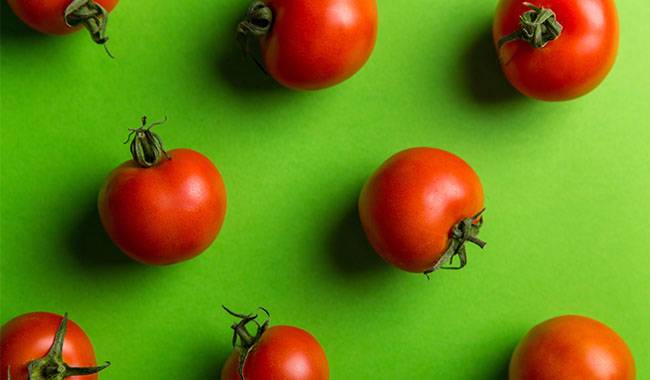
COMPANION PLANTS FOR TOMATOES
Some vegetables can also be compatible with garden tomatoes. Garlic and onions are some of the most powerful plants that successfully repel pests.
Representatives of the onion family are very good companions for tomatoes and are particularly effective against tomatoes, beetles, and red spiders (especially red spiders).
The ring of onions around the tomato patch protects the plant from ticks and scares groundhogs away when possible.
Garlic prevents red spiders from infesting tomatoes and is also effective against aphids on roses, making these crops suitable for horticultural trios.
Another popular co-growing planting is garlic, basil, and tomatoes, as the head of garlic keeps aphids, wall worms, and nematodes at bay (roses, by the way, also prevent black spot).
Broccoli also grows well next to onions, garlic, and tomatoes, so consider planting them together.
Early carrots can also be planted next to tomatoes because you can harvest them before the tomato bushes grow up and take up space.
Although carrots do not prevent disease or repel insects, they are considered tomato-friendly neighbors.
Its deep roots loosen the soil around tomatoes, allowing water, nutrients, and air to circulate more easily around the tomato roots.
Keep in mind, however, that despite the flavor of the roots, close contact with tomatoes can also inhibit carrot growth.
In addition to early carrots, spinach and lettuce also help use space in the tomato bed efficiently, as tomatoes are a crop that is harvested shortly after planting them.
Beans and peas are often used in combination with many crops because beans enrich the soil with nitrogen.
Planting asparagus between tomato plants helps protect them from insect pests.
Also, the harvests of these plants are harvested at different times of the year and their combination saves space in the garden.
Asparagus appears in early spring, while tomatoes are planted much later in the garden.
PLANTS THAT ARE INCOMPATIBLE WITH TOMATOES
Some plants are harmful to tomatoes when they grow nearby. Potatoes and tomatoes belong to the same genus of eggplants and are susceptible to the same diseases and infections, so they should be kept as far away as possible.
Corn is another plant that is incompatible with tomatoes because worms can affect both plants.
Cabbage usually inhibits the growth of tomatoes because most members of the crucifer family require a lot of nutrients
Some plants are simply not designed to coexist in the same location, and combining them together can severely slow plant growth or increase the vulnerability of one or both plants to pests and diseases.
In particular, tomatoes are particularly negatively affected by fennel, dill, spruce, kohlrabi, cabbage, cauliflower, walnuts, and apricots.
Therefore, do not plant them in the same or adjacent tomato beds. Also, even if tomato seedlings are young, keep them as far away from nuts and apricots as possible.




